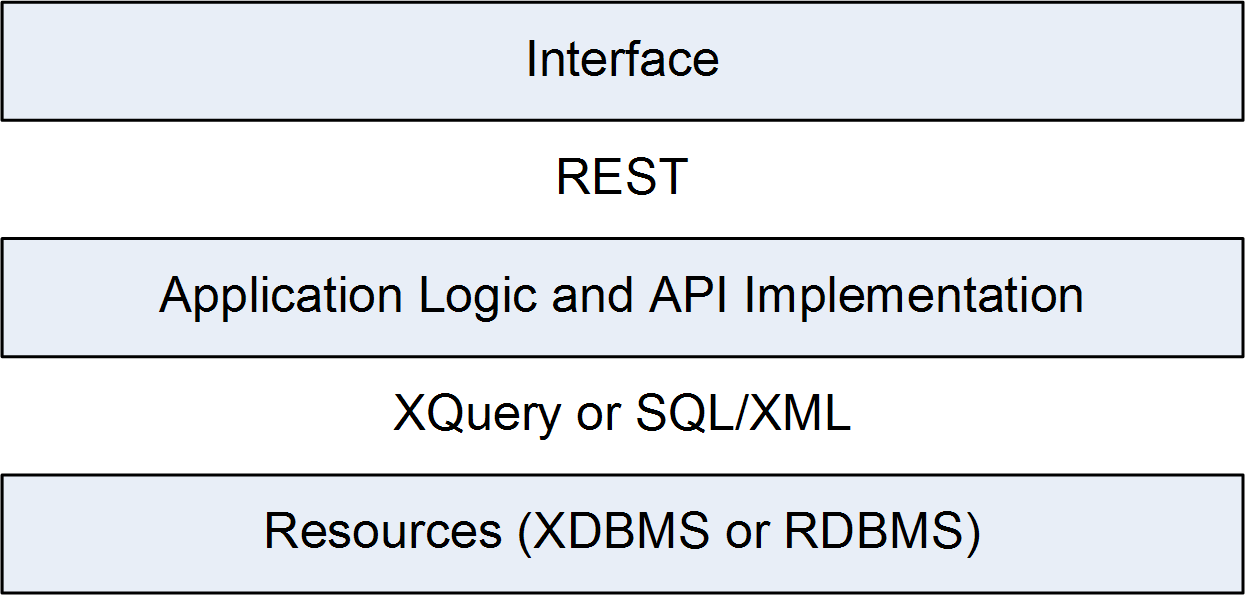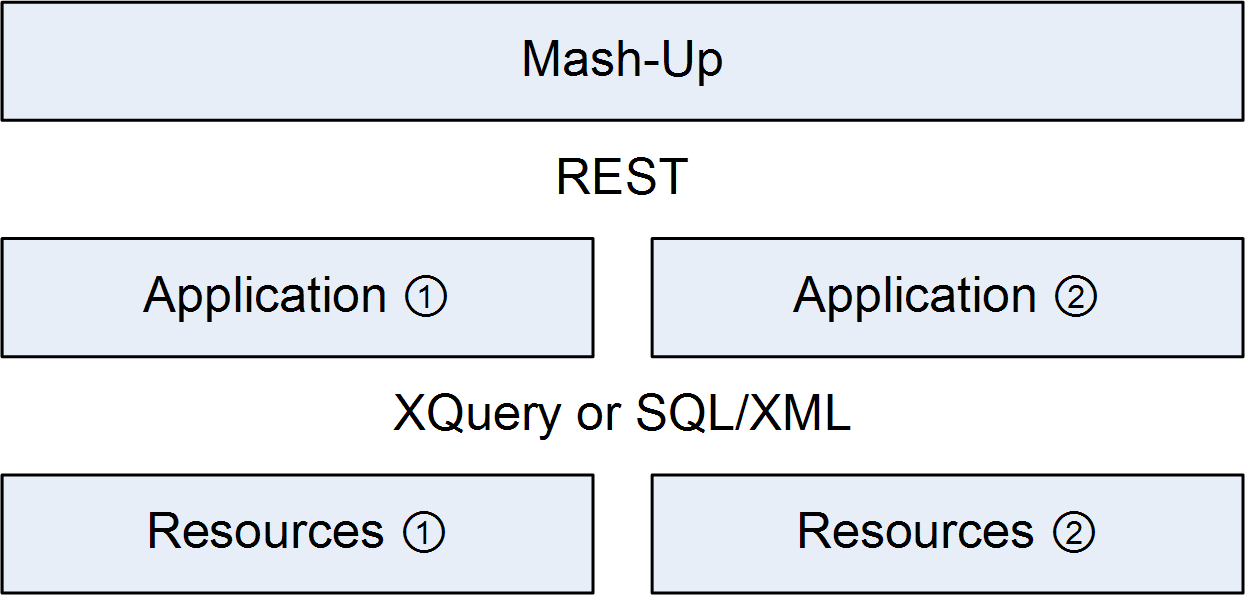(2) Abstract
Today's landscape of Internet and Web technologies offers a sometimes confusingly wide array of implementation choices. Given some application idea, implementation can be done using basic Web technologies, newer Web 2.0 technologies, it can use browser-embedded functionality such as Flash, Java Applets, ActiveX, Silverlight, or Google Gears, or it can be built with Web-oriented application development platforms such as Adobe Integrated Runtime (AIR) or JavaFX. Starting from a desired objective (such as the successful implementation of a well-designed Web app), it can be very informative to assess factors influencing the pursuit of this objective. One way to do it is the analysis of the Strengths, Weaknesses, Opportunities, and Threats (SWOT) of implementation variants, which supports a more structured way of comparing variants, and can be a starting point for choosing the best
one.
![]() [http://creativecommons.org/licenses/by/3.0/]
[http://creativecommons.org/licenses/by/3.0/]



